We celebrate the festival of Bhogi, one day before the Sankranti Festival with Sajji Rotti or Bajra Roti. These gluten-free flatbreads are made with nutritious pearl millet flour,(bajra) thin and crispy in texture and a hint of sesame seeds. Bajra Roti is a healthy flatbread enjoyed in the winter in North Karnataka.
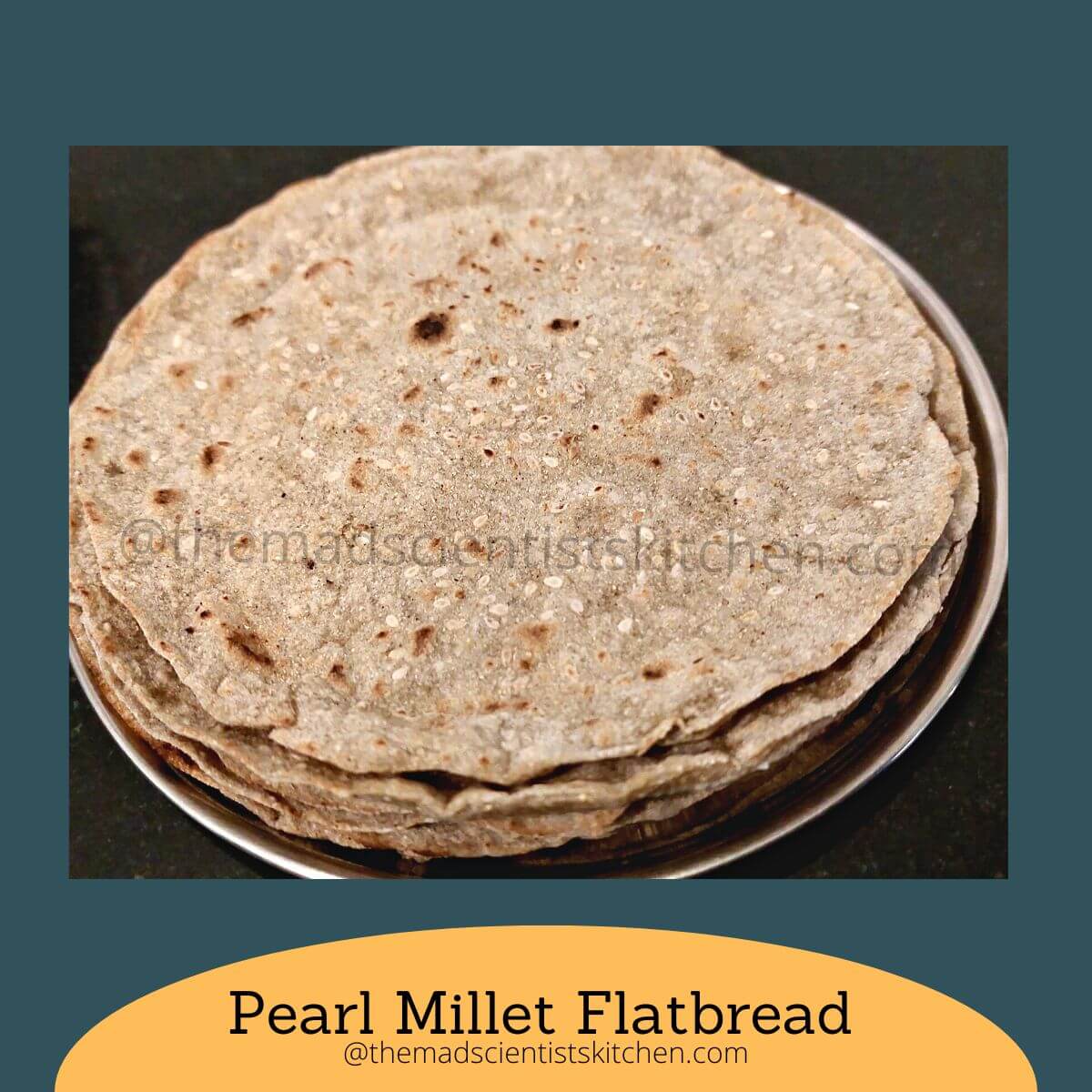
Rotti, Bhakari or Rotolo is the staple flatbread of many Indians, especially. Made from millet these flatbreads are gluten-free and vegan. Due to their health benefits, I love to use millets in our meals. Served with curries or dals these rotis make up lunch and dinner menus.
These rotis are paired with Tumgai Palya Recipe, Zunka Recipe, Goan Usali Recipe. Chutneys like Gun Powder Chutney Recipe, Flax Seed Dry Chutney Powder Recipe, Sunflower Seed and Garlic Chutney and Dahi Recipe.
Jump to:
A little about Pearl millets
Pearl millet (Pennisetum glaucum) is the most widely grown type of millet. It has been grown in Africa and the Indian subcontinent since prehistoric times. and was considered a poor man's diet staple. Hence it was an Inexpensive food grain. It is only now that health-conscious are waking up to the health benefits of millet.
The different names for pearl millet are bajri in Rajasthani, Gujarati and Marathi, Sajje/kambu in Kannada, Kambu in Tamil, Bajra in Hindi, Urdu and Punjabi,sajjalu in Telugu, Kambam in Malayalam. Some other names worldwide are cattail millet, candle millet and dark millet.
Here are the reasons why you should include bajara in your meals from here.
- Since pearl millet is mainly starch and it takes a longer time to break down, pearl millet keeps you full for a longer time.
- An excellent source of amino acids and is comparatively easily digestible than wheat grains.
- Bajara promotes heart health as it has cholesterol lowering.
- Magnesium and potassium present in pearl millet play a role in regulating blood pressure.
- Pearl millet is rich in insoluble fibre that helps digestion and stool formation. It also reduces the secretion of bile acids.
First, what do we do on Bhogi?
In Karnataka and Andhra Pradesh, we celebrate the festival of Makar Sankranti for 2 days. The first day is Bhogi and we celebrate the fresh farm produce.
The houses are cleaned and decorated with rangoli. We have an elaborate head bath which involves oiling the head and then the hot water bath.
Bonfires are lit and old useless stuff is burnt, making new beginnings. Like other festivals, Pongal and Lohri, Bhogi is also dedicated to Lord Indra the Lord of rains.
Delicious food is of course part of the festivities Shenga Holigi or Beld Holgi are enjoyed.
For Sankranti, I will be sharing another post. I do not want this one to be too long.
Ingredients
These are your ingredients for quantities please check the recipe card.
- Pearl Millet or bajra flour
- Salt to taste
- Boiling water
- Sesame seeds
Instructions
- Add the pearl millet flour to the platform and mix with salt.
- Now make a well in the centre and add a little of the boiling water.
- Cover the water using the spatula with some of the flour on the sides.
- Let it cool a bit, then knead well to a soft dough. Set aside.
- Make the 8 balls from the flour.
Now you have 2 choices
- Patting the dough with your fingertips and
- the second one is rolling the dough out with the rolling pin.
- Knead one of the dough balls with the heel of your hand, collect and knead again. Do this three or four times. Bajra flour is gluten-free; this kneading helps in making better flatbreads.
- Using your fingers, make a disk of the dough. Sprinkle dry flour on the platform and on the dough. Sprinkle some sesame seeds top of the dough.
- Pat the dough lightly, using your fingertips. Move the disk to your right, then pat the next portion.
- Use dry flour as needed; if the roti does not turn, the roti sticks to the platform or your hand.
- To roll out the dough, wrap a cling film around the rolling pin. Then use dry flour to roll out the roti. Keep turning the roti and see to it that it does not stick to the board or rolling pin.
- Once the roti is ready, transfer it to the hot tava or skillet with the seeds side up, and the flame is on low.
- Use the wet cloth and smear the surface of the roti with water. Just enough to wet the side up.
- When the water dries up and you get a small blister of the dough puffing up, turn the rotti on the tava or skillet. Raise the flame.
- Let it get brown spots on this side.
- Remove the rotti from the tava/skillet and directly transfer the seeds' side on the flame. Flame high.
- If your patting or rolling process is correct the rotti will fluff up.
- Transfer to a casserole.
- Repeat with the rest of the balls.
Substitutions
- In place of pearl millet flour, you can use jowar or ragi flour.
Equipment
- A small wide bowl of water
- A clean cloth preferably muslin cloth
- Spatula
- tava/skillet
Storage
- I prefer to use my rotis in a day. if you wish to store them they need to be roasted till crisp. Place them behind the gas stove as you are making the other rotis they will crisp up.
Pro Tips
- Any millet flour is gluten-free it needs to be soaked in boiling water.
- This roti needs fresh flour if the flour is old you will get cracks in the roti.
- In case your flour is old add 1-2 tablespoon of fresh rice flour.
- In my hostel rice after it was cooked was drained. This water was used to soak the flour.
Related
Looking for other millet recipes like this? Try these:
Pairing
These are my favourite dishes to serve with Sajji Roti:
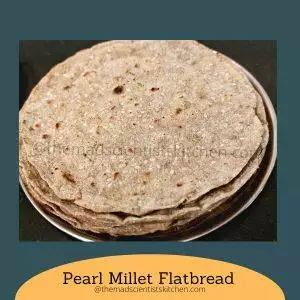
Sajji Rotti Recipe
Equipment
- 1 A bowl full of water
- 1 A small muslin cloth
- 1 turner
- 1 Tava/skillet
- 1 A container with a lid
Ingredients
- 2 ½ cups pearl millet flour + extra dry flour to dredge the dough in
- Salt to taste
- 1 cup water boiling
- 2-3 teaspoon sesame seeds
Instructions
- Pour the pearl millet on the kitchen platform and mix with salt.
- Make a well in the centre and add the ¼ cup of hot water.
- With the turner put some of the flour on the sides in the hot water.
- Let it cool a bit then knead well to a soft dough. Add water as needed.
- Make the 8 balls from the flour.
- Knead each of dough balls with the heel of your hand 3-4 times and then make disks.
- Put the tava/skillet to heat.
Patting the roti with your fingertips
- Dust the work surface with some of the dry flour and sprinkle few sesame seeds.
- Press the dough on the seeds then using your fingers press the dough and simultaneously use your finger to slightly turn the dough. (It’s a difficult job that gets easy with practice so go easy on yourself).
- Use dry flour as needed.
To Roll out the dough with a rolling pin
- Wrap a cling film to the rolling pin then follow the same method as making a wheat chapati.
Cooking the Roti
- Once the roti is ready, transfer it to the hot tava/skillet the seeds side up, the flame is on low.
- Use the wet cloth and smear the surface of the roti with water. Just enough to wet the side up.
- When the water dries up and you get small blister of the dough puffing up, turn the roti on the tava/skillet. Raise the flame.
- Let it get brown spots on this side.
- Remove the roti from the tava/skillet and transfer the seeds side on the flame directly. Flame high.
- Transfer to a container.
- Repeat with the rest of the balls.


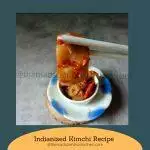
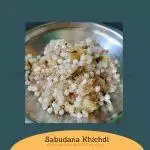
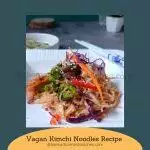
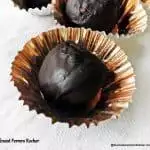
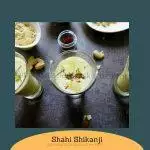
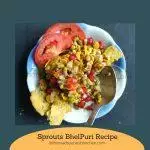


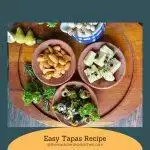

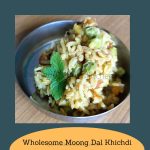

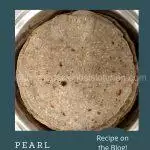

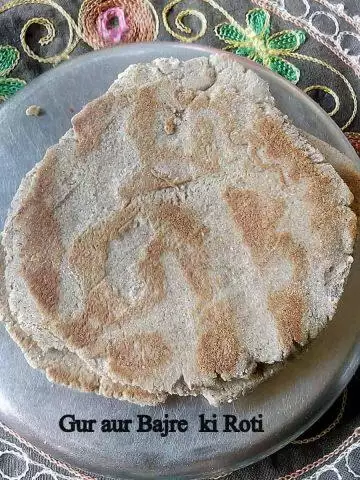
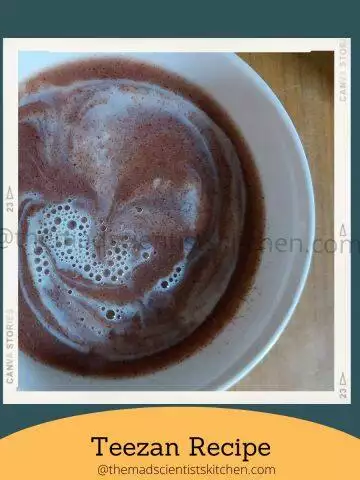
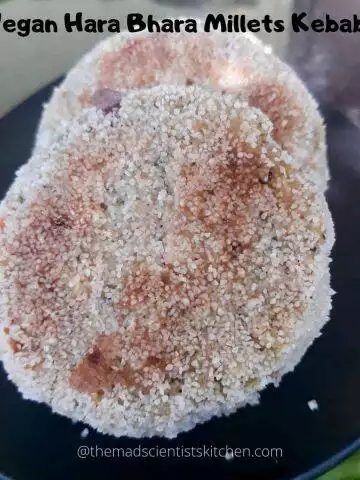

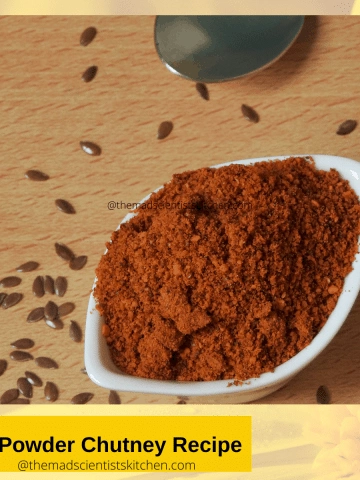
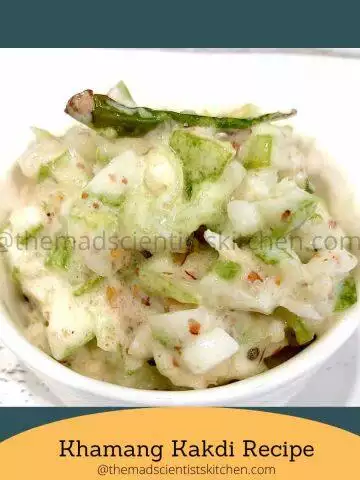
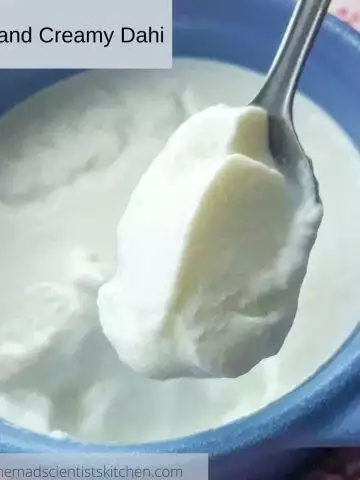
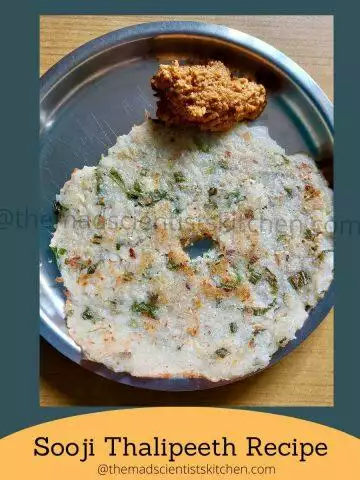
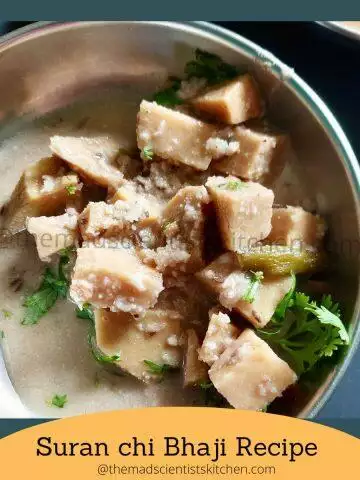
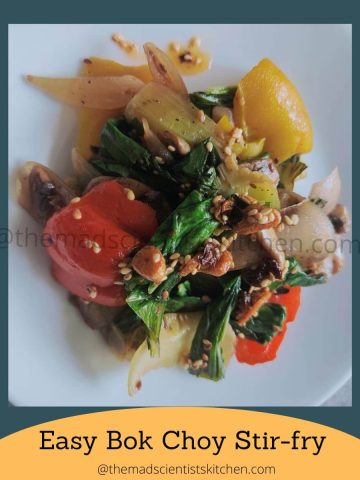
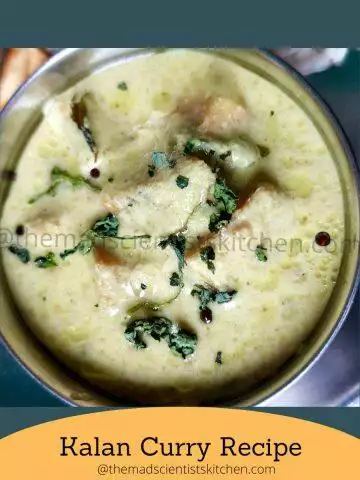
Srivalli Jetti says
Oh yes I know my MIL makes this for this day..lovely one..and so healthy right..
Jayashree says
Very informational post. Loved reading it.
Sharmila - The Happie Friends Potpourri Corner says
Healthy Roti!!
Vaishali says
This roti is new to me , but sounds interesting and delicious.
PJ says
You have explained it so well Archana! Enjoyed reading your post 🙂
Pavani says
Lovely post Archana. Loved reading about Sankranti traditions. Sajji rotti looks healthy & nutritious.
Sandhya Ramakrishnan says
Very new recipe and amazing info! Thanks for posting about the festival.
Priya Suresh says
Very interesting and nutritious rotti, nice to know more about the traditions.
Harini says
I use the puri/tortilla press for such rotis as I am sure they can do a better job than my hands 🙂 Lovely traditional roti.
ArchanaPotdar says
Must try my poori press then. 😀 Thanks for the tip.
Sapna says
So much to read about your tradition about Sankranti. Nice dish.
preeti says
Awesome recipe..healthy too
Mayuri Patel says
An interesting bajra or sajji roti recipe. The only way I use bajra flour is when I make rotlo or methi bajri paratha. I've got to try out this recipe as I would like to include more bajra in my diet.
ArchanaPotdar says
Thanks, Mayuri.
Kalyani says
Sajje rotti looks perfectly made. My maid had taught me to tap and make these bhakris, but would love to try and roll out these as it seems easy and doable. with Tumbgayi palya, oh so delish these are !
ArchanaPotdar says
😀 Thanks.
Jayashree .T.Rao says
I look forward to this festival for these tasty bajra rotis. We usually add a little turmeric powder , thus the colour changes at my place.
ArchanaPotdar says
Okay next time I will add some to.
Neha (My Culinary Expressions) says
I have always wanted to try this sajji roti but somehow, always land up making our family style pearl millet dodho or bhakri.. But when I read this post, I tried it out instantly. I liked its texture studded with sesame seeds. Lovely post.
ArchanaPotdar says
Aww! Thanks, Neha for trying. Glad you liked it.
Seema Sriram says
This method of sajji rotis is far more easier than the way I have been taught to make bajra roti. I will try your way again.
ArchanaPotdar says
You are welcome. We learn from each other. Glad you find it easy.
Priya Srinivasan says
Sajji roti , such a rustic bread. Love such gluten free recipes. Our tradition so beautifully, weaves such healthy and hearty meals with the seasonal festivals, fabulous it is! Thanks for sharing archana!
ArchanaPotdar says
😀
Priya Vj says
Absolutely loved every step of the recipe you have penned. It is so elaborate and self explanatory making the patting part of the roti a breeze ..getting a proper roti shape with non gluten flour is an art and yiy have nailed it Archana !
ArchanaPotdar says
Thanks, Priya.